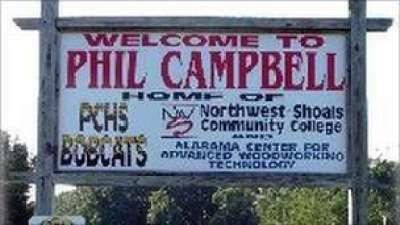 Brian Wilson put new lyrics to Chuck Berry’s “Sweet Little Sixteen,” for the Beach Boys’ monster hit, “Surfin’ U.S.A.” Berry sued and got songwriting credit… and royalties.
Brian Wilson put new lyrics to Chuck Berry’s “Sweet Little Sixteen,” for the Beach Boys’ monster hit, “Surfin’ U.S.A.” Berry sued and got songwriting credit… and royalties.
Chuck Berry put new lyrics to “Wabash Cannonball,” for his hit, “Promised Land.” No copyright disputes, as the old folk song was in the public domain.
Longtime pianist sideman and collaborator Johnnie Johnson sued Chuck Berry in 2000 claiming co-composing credit for dozens of songs. The suit went nowhere because too much time had passed since the songs were written.
Chuck Berry: The Autobiography is slightly less self-serving than many, and is no great literary feat. But it’s an interesting read and gives some insight to a complicated personality.
Chuck Berry toured regularly without a band. The promoter was responsible for hiring musicians to accompany him. Berry figured it was not a problem because everyone knew his songs. When Berry turned sixty, Keith Richards decided an appropriate birthday gift would be a decent backup band. The movie “Hail! Hail! Rock n Roll” chronicles this and the head butting between Berry and Richards.






